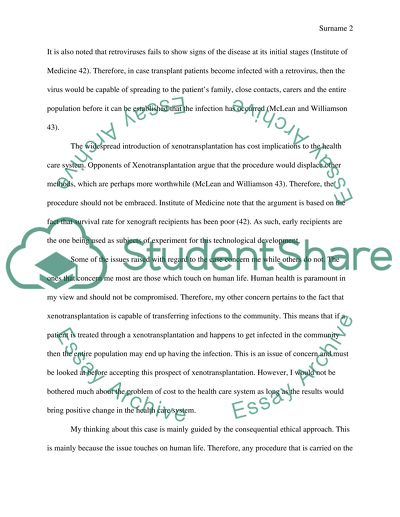Animals as source for human organ transplants Case Study. Retrieved from https://studentshare.org/religion-and-theology/1598097-animals-as-source-for-human-organ-transplants
Animals As Source for Human Organ Transplants Case Study. https://studentshare.org/religion-and-theology/1598097-animals-as-source-for-human-organ-transplants.


